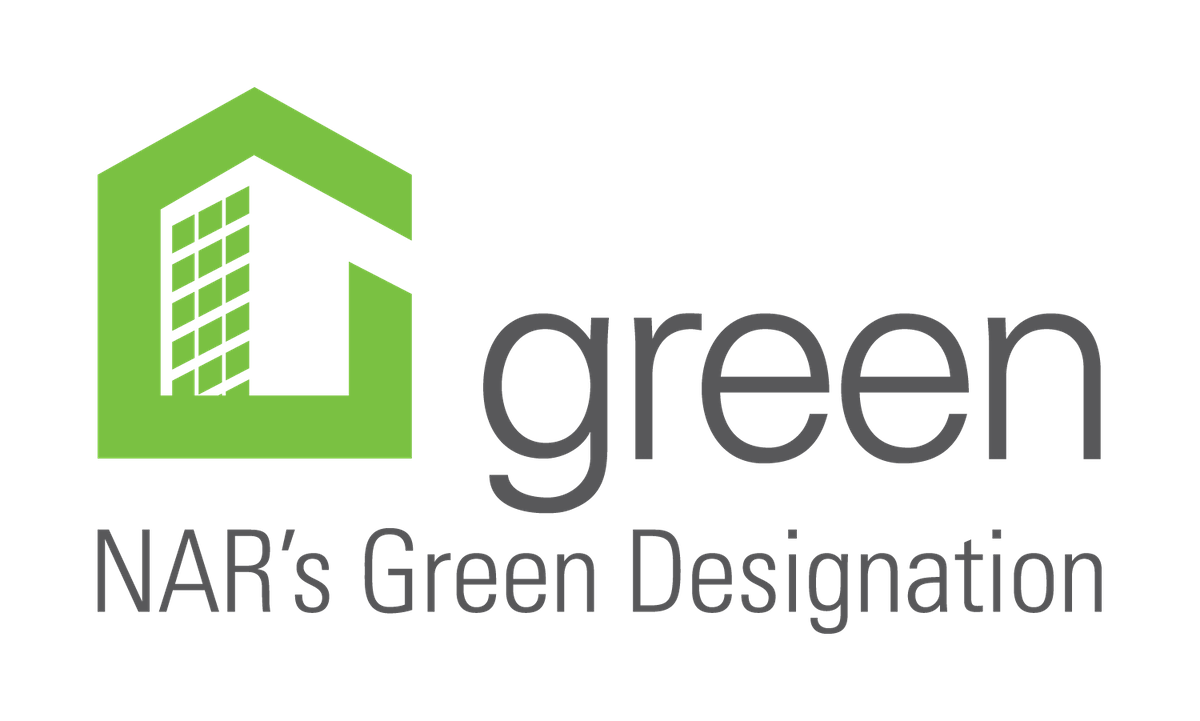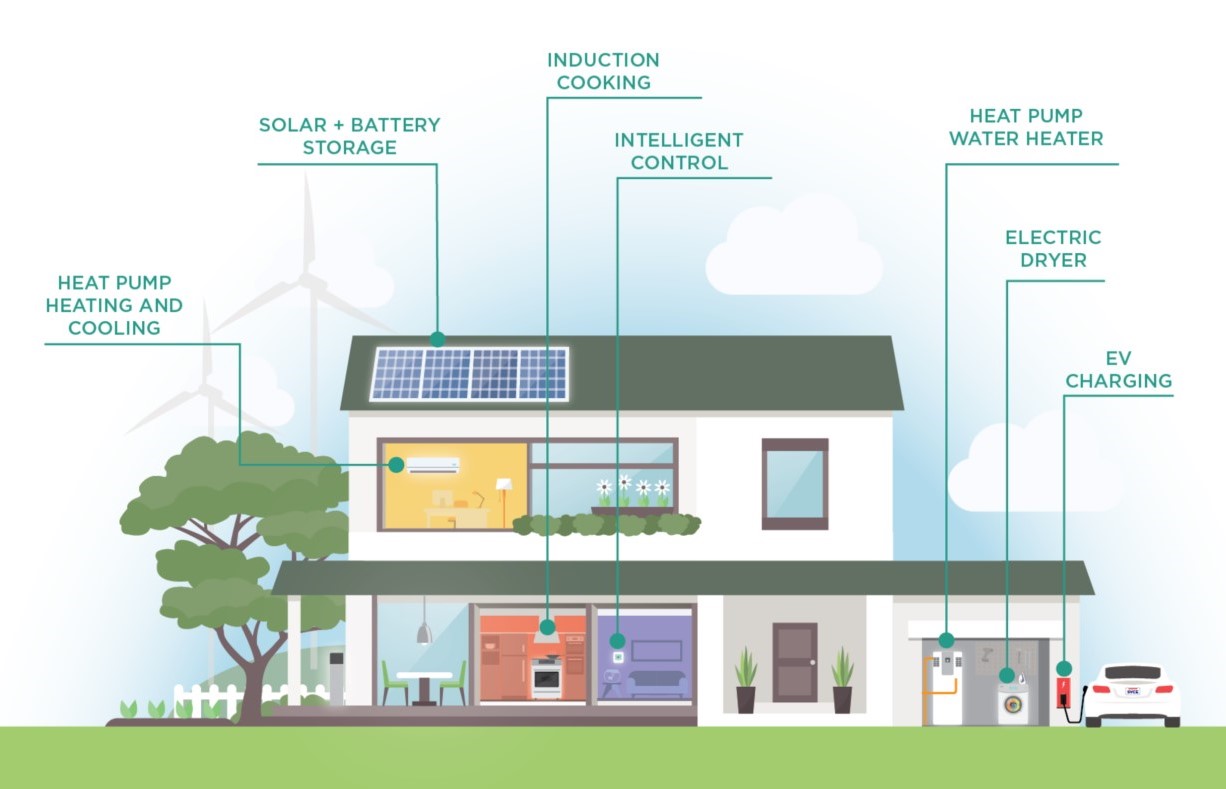Home Electrification
I’m a certified Green Realtor and sustainability is a hallmark of my real estate practice. If like me, you’re concerned with climate change, one of the simplest and most cost-effective steps you can take is to gradually transition your home to electricity. This involves shifting away from appliances and devices that rely on methane, a well-known greenhouse gas and toxin commonly referred to as ‘natural gas’. Apart from enhancing home energy efficiency and cutting down carbon emissions, transitioning to electricity can significantly improve the health of your family. Methane is associated with worsening lung conditions, triggering asthma attacks, increasing the likelihood of preterm births, raising cardiovascular risks, and heightening the chances of strokes.
By replacing older methane-reliant appliances with newer, more efficient electric alternatives, you’ll not only enhance your family’s well-being and save money but also contribute to better air quality and help mitigate climate change.
As a certified Green real estate agent, I’m deeply committed to promoting home sustainability and efficiency solutions. On this page, you’ll find comprehensive information about the what, how, and when of the home electrification process. In addition to explaining how different technologies function and outlining the necessary steps for the transition, I also provide resources for rebate programs and other financial assistance options to offset the costs involved.
Having personally embarked on the journey of electrifying my own home over the past five years, I possess valuable real-world insights to support you throughout this process. Take a moment to explore the information below, and don’t hesitate to reach out for a complimentary consultation tailored to your specific situation.


General Information
The home electrifciation process can feel duanting. A great way to get started is to educate yourself about the various solutions, technologies, and costs. These resources will help you develop a plan of action to incremental update your home as finances and circumstances allow:
- Rewiring America
- Home Electrification Planner
- Building Decarbonization Coalition
- Climate Technology Guide Glossary
- Redwood Energy Retrofit Guide
- Quit Carbon
- Prep Your Panel For An All Electric Home
Rebate Programs
This is one of the best times to begin electifying your home due to the plethora of local, state, and federal rebates and tax credit programs:
Rooftop Solar + Battery Storage
Adding solar to your roof is one of the best things you can do to reduce your utility bill and reduce dependence on the electric grid. When paired with battery backup you can be confident that your home remains operational, even during a power outage. There are many vendors that operate in this space, but here are a few resources to get you started:
Heat Pump Space Heating & Cooling
Once you have your offer prepared, it’s time to submit it to the listing agent. In times of economic uncertainty sellers may accept incoming offers on a rolling basis which means you need to be prepared to make decisions very quickly. This is another reason to make sure your financing is in place before you begin to actively search for a property. This can be an emotional and scary time given the magnitude of the investment, but if you have an agent you trust, you’ll be just fine.
- DOE – Heat Pump Systems
- Heat Pump Sizing Guide
- EnergyStar Heat Pump Fact Sheet
- Consumer Reports – Heat Pump Buying Guide
Heat Pump Water Heater
Heat pumps aren’t just for conditioning the air space of your home. The same heat exchange technology can be used to heat water at a fraction of the cost of traditional electric water heaters and without any dangerous methane gas emissions:
Induction Cooking
There is a lot of misinformation around induction cooking. Many of us have had a negative experience with an old electric burner (heats too slowly, burns the pan, isn’t level, etc.), but modern induction heating technology is a whole different game. This highly efficient, fast heating, and easy-to-use technology is changing the cooking game and should be an integral part of your home electrification journey:
- Induction Cooking 101
- Consumer Reports – Complete Guide To Induction Cooking
- What Cookware Works With Induction Cooktops?
- DOE – Making The Switch To Induction Cooking
Electric Clothes Dryer
An electric dryer will improve air quality, while a heat pump dryer will also reduce your electric bill. Also, heat pump clothes dryers are ventless so they can be more easily installed without concern for exterior venting. Also, many modern heat pump dryers run on 110v power and can be plugged into any standard electrical outlet:
- What To Know About Heat Pump Clothes Dryers
- EnergyStar – Heat Pump Dryers
- Green Building Advisor – Heat Pump Dryers
Electric Vehicle Charging
How to charge an electric vehicle is often a substantial impediment to people purchasing EVs. It turns out that there are many different types of EV charges and creative solutions for getting power to your vehicle. With some knowledge and thoughtful planning, you can find a way to join the EV revolution!
- NRDC – EV Charging Explained
- ChargeFinder – Find A Charging Station Near You
- ENERGY.GOV – EV Charging At Home
- EPA – Plug-In Electrical Vehicle Charging: The Basics
